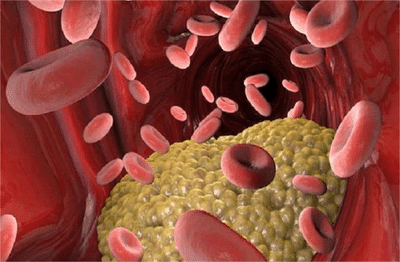
High cholesterol has become a common problem these days, a major cause of heart disease, stroke, and artery blockage. Elevated bad cholesterol (LDL) builds up in the body, causing deposits in blood vessels, while good cholesterol (HDL) helps keep them clean. Good cholesterol...
High cholesterol has become a common problem these days, a major cause of heart disease, stroke, and artery blockage. Elevated bad cholesterol (LDL) builds up in blood vessels, while good cholesterol (HDL) helps keep them clean. The good news is that even without medication, LDL can be reduced by 10-20% through small lifestyle changes.
According to recent studies and cardiologists, adopting certain habits for 30 consecutive days can lead to noticeable improvements in cholesterol levels. 2025 reports from prestigious institutions like the Mayo Clinic and Harvard Health indicate that diet, exercise, and healthy habits are the most effective ways to naturally control LDL.
Follow a balanced diet
The easiest and most effective way to lower bad cholesterol is to change your diet. Foods rich in soluble fiber help flush LDL from the intestines, while unsaturated fats increase HDL. Include oats, barley, whole grains, fruits like apples, pears, and oranges, vegetables like spinach, broccoli, lentils, and nuts (almonds and walnuts) in your diet daily. Omega-3-rich fish like salmon and flax seeds are also beneficial. On the other hand, saturated fats like red meat, full-fat dairy products, fried foods, and trans fats (packaged snacks and bakery items) should be avoided.
According to Harvard Health, consuming 2 grams of plant sterols daily can reduce LDL by 10%. In the Indian context, Dr. Shuvo Dutta, a cardiologist at CK Birla Hospital, explains that a fiber-rich diet helps slowly remove fat from arteries. Consuming oats in the morning can reduce LDL by 5-8%.
Exercise regularly
Physical activity is the most effective way to lower LDL and increase HDL. Exercise helps control weight and improves blood circulation. Aim for at least 150 minutes of moderate exercise per week, such as brisk walking, jogging, cycling, or swimming. Start with 10-15 minutes and gradually increase.
According to Dr. Prem Patel, a cardiologist at St. Joseph's Health, exercise increases HDL and lowers LDL, especially in people with genetically high cholesterol. The American Heart Association's 2025 guidelines also prioritize aerobic exercise. A 30-minute walk daily can lead to 2-3 kg of weight loss, which reduces LDL by approximately 8%.
Avoid smoking and alcohol
Smoking lowers HDL and raises LDL, while excess alcohol increases triglycerides. Therefore, it's important to stop smoking completely and limit alcohol consumption (up to 1 drink a day for women, 2 drinks a day for men).
Doctors say that HDL levels begin to improve within 20 days of quitting smoking. According to the Indian Journal of Cardiology, smoking doubles the risk of heart disease. Quitting smoking clears blood vessels and reduces the risk of heart disease.
PC:Punjab Kesari